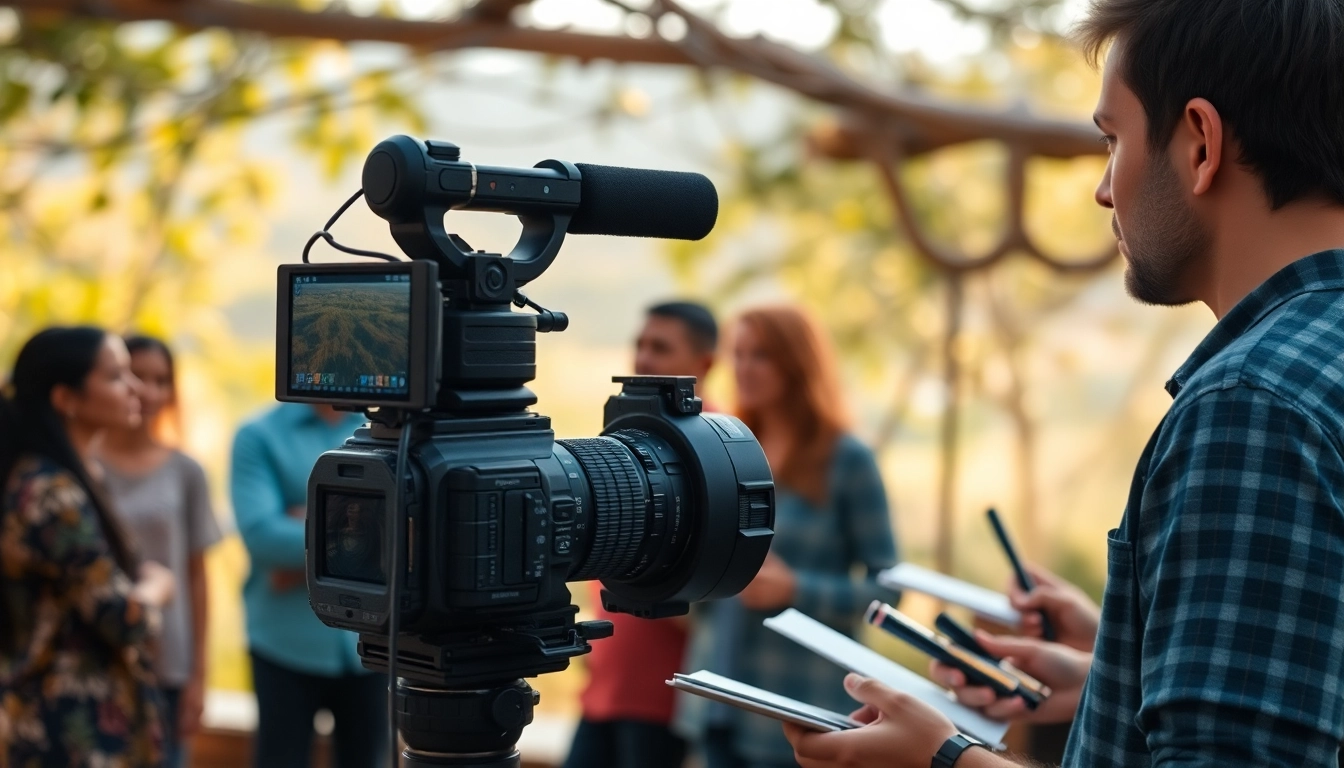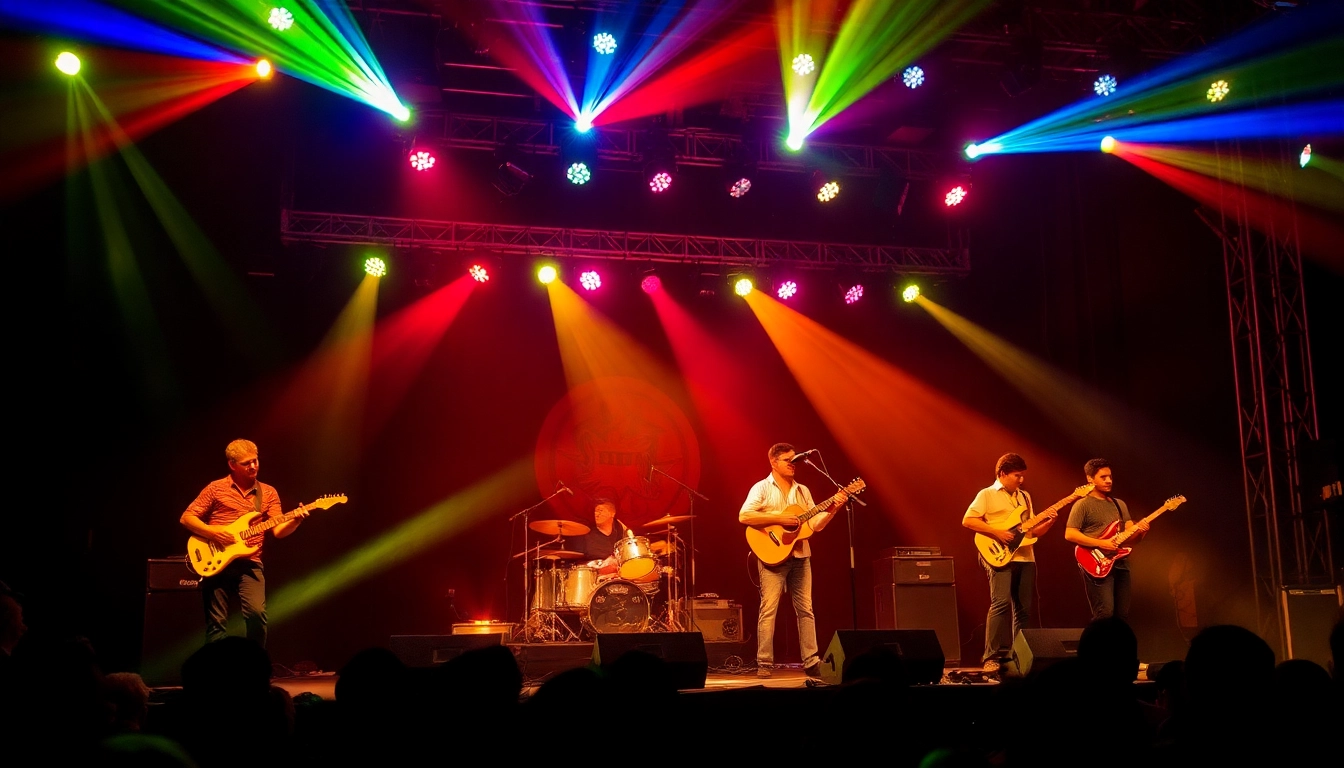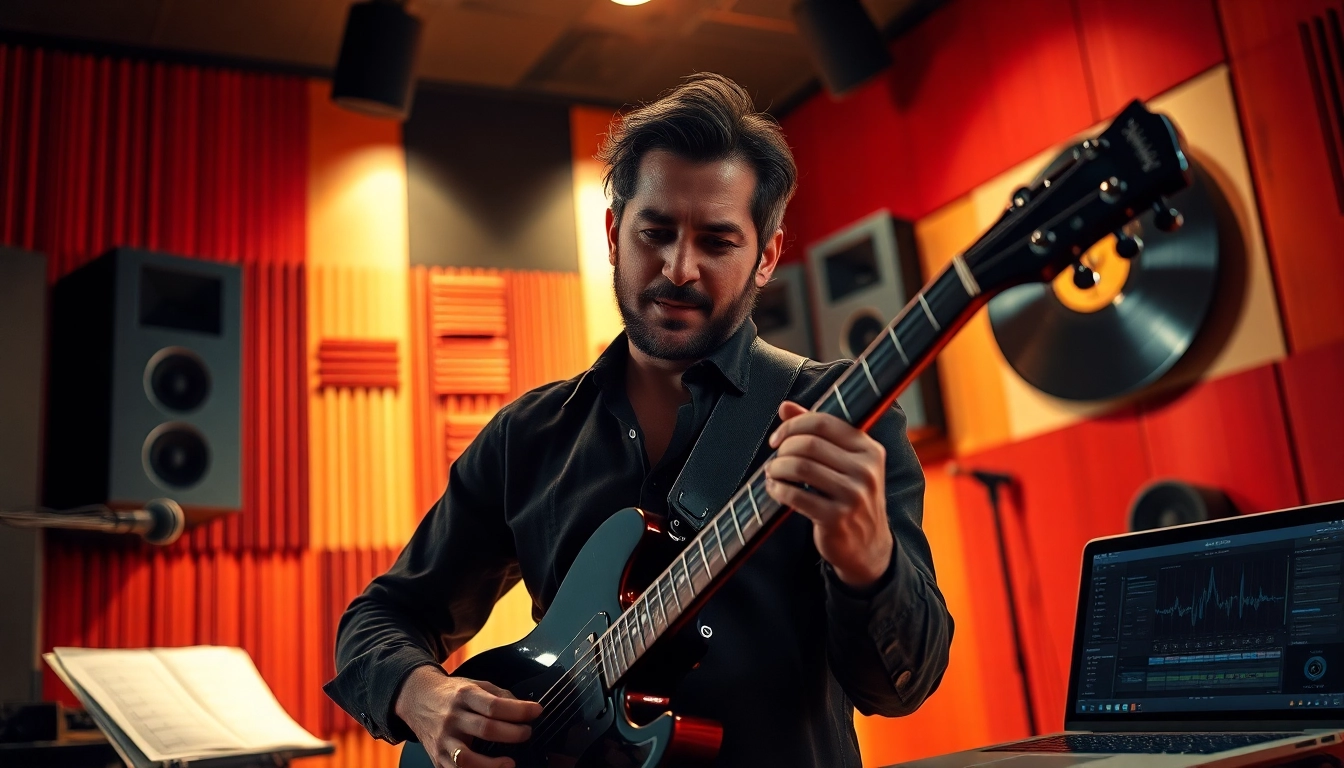Understanding Stories & Documentaries
In the digital age, the ability to tell compelling narratives through Stories & Documentaries has transformed the way we perceive reality. Documentaries serve as a bridge between factual storytelling and creative expression, utilizing the power of visuals, sound, and narration to transport audiences into diverse worlds. They evoke emotions, inform viewers, and often challenge societal norms, making them a vital form of artistic and journalistic expression.
The Essence of Documentary Storytelling
At its core, documentary storytelling is about presenting real-life stories in a way that resonates with the audience. Unlike fictional narratives, documentaries rely on factual evidence and authentic experiences. This genre encapsulates a vast range of human experiences—from personal journeys to broad societal issues, making it infinitely versatile.
Key Elements of Effective Stories & Documentaries
To create engaging documentaries, certain key elements must be incorporated:
- Strong Narrative Arc: A compelling beginning, middle, and end guide the viewer through the story, ensuring they remain engaged.
- Character Development: Real characters with relatable traits and profound experiences often draw audiences deeper into the narrative.
- Visual Imagery: High-quality images and footage enhance the storytelling experience, allowing viewers to connect visually with the content.
- Sound Design: Background music and sound effects play a crucial role in setting the tone and evoking emotions.
The Role of Authenticity in Documentary Creation
Authenticity is the backbone of any successful documentary. Audiences can often discern between genuine content and contrived narratives. Authenticity can be fostered through detailed research, real interviews, and dynamic interactions with subjects, ensuring the storytelling captures true experiences and emotions. This authenticity resonates with viewers, encouraging a connection that can inspire action or provoke thought.
Types of Stories & Documentaries
Exploring Different Documentary Genres
Documentaries come in various genres, each with its unique characteristics and storytelling approach:
- Expository Documentaries: These offer a clear argument or perspective, often using a voiceover narration to guide viewers through the topic.
- Observational Documentaries: Also referred to as “fly on the wall,” these films depict events as they unfold without formal interviews or commentary.
- Participatory Documentaries: These involve the filmmaker interacting with subjects, often sharing their experiences and perspectives through direct engagement.
- Reflexive Documentaries: This genre encourages self-awareness in the audience, prompting viewers to consider the consciousness of the filmmaking process.
- Performative Documentaries: These focus on subjective experience rather than objective reality, integrating the filmmaker’s emotional response to the subject.
How Personal Stories Shape Documentary Narratives
Personal stories often serve as the emotional backbone of documentaries. They humanize complex issues and allow audiences to relate deeply to individual experiences. By focusing on specific narratives—such as personal struggles, triumphs, and transformative moments—documentarians can craft powerful stories that encourage empathy and understanding around broader societal themes.
Impactful Documentaries: Case Studies
The following case studies exemplify the diverse ways documentaries can impact audiences and spark change:
- 2016: “13th” – Directed by Ava DuVernay, this documentary explores the intersection of race, justice, and mass incarceration in the United States, igniting conversations about systemic racism.
- 2018: “Won’t You Be My Neighbor?” – This film examines the life and legacy of Fred Rogers, showcasing the importance of kindness and understanding, which resonate with audiences of all ages.
- 2019: “For Sama” – A deeply personal account of life during the Syrian civil war, it provides a harrowing view into the effects of conflict on family and society.
Crafting Compelling Narratives
Storyboarding Your Documentary
Storyboarding is an essential part of the pre-production phase for documentaries. A storyboard outlines the visual and narrative structure of the film, helping filmmakers visualize scenes and transitions. This preliminary planning ensures that the documentary flows cohesively while identifying locations, interviews, and key visuals needed to express the core narrative effectively.
Techniques for Capturing Genuine Emotions
Authentic emotions are crucial for impactful storytelling in documentaries. Techniques for achieving this include:
- Building Rapport: Spending time with subjects before filming helps establish trust, leading to more authentic responses.
- Open-Ended Questions: Encourage subjects to express their thoughts and feelings rather than leading them with specific questions, enabling genuine dialogue.
- Cinematic Techniques: Employing close-ups, slow motion, and natural lighting can enhance the emotional gravity of a scene, making it more impactful for the audience.
Innovative Editing Strategies for Strong Narratives
The editing process is where the magic truly happens. By strategically choosing cuts, transitions, and pacing, editors can craft a narrative that maintains viewer interest. Techniques such as juxtaposition—placing contrasting images or ideas side by side—can create emotional depth or highlight thematic contrasts. Additionally, integrating audio montages and soundscapes can enhance the overall storytelling experience, weaving strands of narrative together seamlessly.
Distribution and Audience Engagement
Finding Your Audience for Stories & Documentaries
Understanding the target audience is crucial for the successful distribution of a documentary. Conducting audience research and identifying demographics helps shape marketing strategies, ensuring that promotional efforts effectively reach those most likely to resonate with the material. Utilizing film festivals, screenings, and digital platforms, filmmakers can connect with viewers, invite feedback, and foster community discussions.
Utilizing Social Media to Share Your Story
Social media platforms act as powerful tools for documentary distribution and audience engagement. Strategies such as creating shareable content, behind-the-scenes footage, and engaging narratives can help cultivate an online community around the documentary. Building hashtags related to the documentary can also facilitate wider discussions and prompt audiences to share their own stories related to the film’s themes.
Measuring the Impact of Your Documentaries
Measuring the success of a documentary involves analyzing both quantitative and qualitative data. Viewer engagement metrics, such as view counts, social media shares, and audience feedback, provide insights into audience reach and resonance. Qualitatively, gauging shifts in audience perspectives or conversations sparked by the film can demonstrate its impact, particularly when the documentary aims to provoke thought or incite social change.
Future Trends in Documentary Filmmaking
Emerging Technologies in Storytelling
The evolution of technology continues to reshape documentary filmmaking. Virtual reality (VR), augmented reality (AR), and interactive documentaries offer immersive experiences that engage audiences in innovative ways. These emerging mediums encourage participation and allow viewers to explore narratives actively, placing them in the center of the storytelling process.
Challenges Facing Documentarians Today
While advancements in technology can enhance storytelling, they also introduce challenges. Issues such as funding, distribution avenues, and audience saturation require documentarians to adapt continually. The rise of streaming platforms has increased competition among filmmakers, necessitating unique storytelling approaches that can cut through the noise and engage viewers effectively.
Expectations for the Future of Stories & Documentaries
As the landscape of documentary filmmaking continues to evolve, audiences anticipate increasingly diverse and powerful narratives. Documentarians are expected to address pressing social issues and leverage new technologies to create more immersive and interactive experiences. Emphasizing authentic storytelling as a cornerstone of the documentary genre will remain crucial in captivating and retaining audiences, ultimately promoting a deeper understanding of the human experience.



